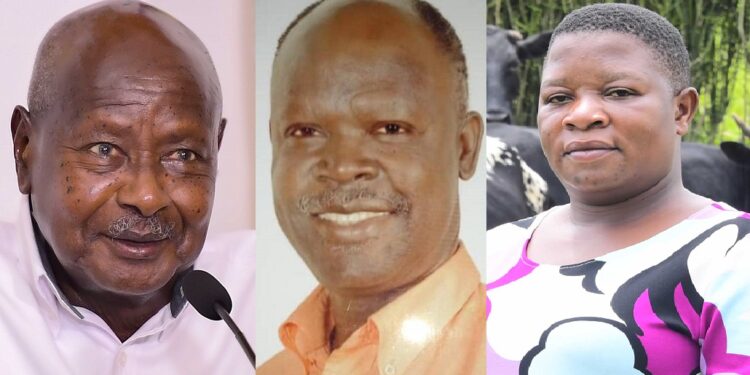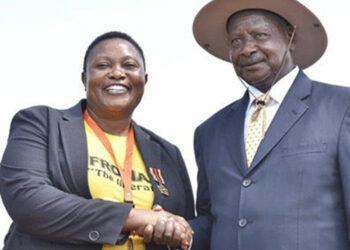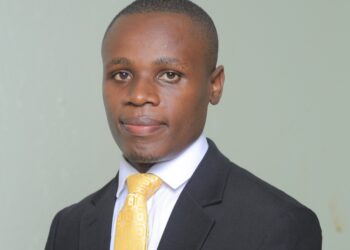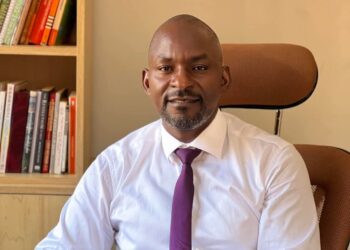“Greater Kisozi Model Villages,” the initiative of President Yoweri Museveni intended to help his neighbours in the Kisozi area to transform their homesteads into domestic “economic hubs” is the way to go. For that may not know, the president has a country home in Kisozi where he runs a model ranch. The President always says that he feels betrayed to be rich amidst a sea of the poor, which is why he initiated the “Greater Kisozi Model Villages” plan to help his neighbours catch up economically.
The project started basing on the five pillars-Home improvement, food security, income-generation, value addition and SACCO formation.
Greater Kisozi comprises of nine villages in the two districts of Gomba and Ssembabule. Gomba has four villages, that is; Kirasi, Kajumiro, Kisozi A and Kisozi B. Ssembabule district has five villages of Kikuumaddungu, Buutugu, Lutunku A, Lutunku B and Kasozi .
By 2011, Greater Kisozi had 1, 700 total households and by last had a total of 2, 035households. So far, 1, 700 households have been supported with agricultural tools like pangas, slashers, hoes and barbed wire.
They were also given seasonal and perennial crops like beans, maize, groundnuts, cassava cuttings, potatoes vines, coffee seedlings, banana stems, pineapples, mangoes and passion fruits.
The President also gave out livestock like dairy cows, with each household receiving one cow. This totaled sixty cows per village, plus four goats to each farmer, totaling 27 (twenty seven) households per village. Others received pigs.
The project started with one thousand seven hundred households (1, 700). So far, one thousand three hundred and four (1, 304) have been coveted only on dairy cows, goats and pigs.
The president also built nine houses for the old people in the villages of Lutunku B, Kasozi, Kisozi A and Kikumaddungu.
In Lutunku B, those skilled with technical skills received tools according to their specialty such as tailoring, salon, catering, carpentry, motor vehicle mechanics, brickmaking and building.
His Excellency the president donated five motorcycles to the boda boda association in Lutunku B.
A SACCO was formed with 636 registered members from the beneficiary villages of Kirasi, Kajumiro, Kisozi A, Kisozi B, Kikumaddungu, Lutunku A, Lutunku B, Obutuugu and Kasozi. The SACCO received one hundred and fifty million shillings (Shs150million) which was divided and each village received sixteen million shillings. The initiative has brought life to the villages surrounding the President’s ranch, coming closer to fulfilling the vision of the president to see that his neighbours aren’t left behind while his own household digs deeper into the money economy. Regardless of the challenges like the need for more money to capitalise more beneficiaries and to expand existing projects, the model villages of Greater Kisozi if replicated elsewhere will rapidly push Uganda’s quest for middle income status to another level.
The president had initiated the idea in the Kityerera area of Mayuge district (in memory of his FRONASA struggles in the area) but the programme was sabotaged by politicians and “stakeholders in keeping Ugandans poor” who shared out the money and inputs among themselves. Tragic!
Madam Nalwanga and her team have been up to the task in the Kisozi area, hence the shared prosperity notable in the place. The “Greater Kisozi Model Villages” is the vision model of where the President Museveni would like to see the whole of Uganda in the present and near future. What is eluding us, despite Government’s direct interventions and capital injections as through Parish Development Model (PDM) and the Greater Kisozi initiatives? Such strategies moving side by side should never leave Uganda the same.
Living near the president, I expect the Kisozi beneficiaries to have learnt a lot from him in terms of best agricultural practices and calculations. They must have visited his ranch and got firsthand tips on top of following his media addresses on “Wealth Creation Versus Wealth Consumption.”
The idea of President Museveni not wishing to prosper alone is rooted in his mobilisation of folks in the Ankole region in the days prior to launching his liberation struggles when he gave tips to traditional farmers of modern and profitable methods of cattle keeping.
This goes without saying that the President has also uplifted his neighbours in Rwakitura and Ntungamo, on top of setting up demonstration farms in various places around the country.
What next? Since the president cannot be everywhere, other leaders should adopt the “Kisozi concept” and replicate it in their own areas. Starting with ministers; each one should set up a model farm to inspire and teach the people neughbouring them best farming practices. Ministers have been to the president’s farms or been with him on his country wealth creation drives enough to pick a leaf.
Commendation goes to those that have model farms, like Fred Byamukama, the minister of state for transport. After ministers, Members of Parliament, big shots in Government at various levels should do their part as cumulative effort for transforming our people economically through agriculture which remains the most dependable backbone of our economy.
The author is the Deputy Presidential Press Secretary
Contact: kirundaf2@gmail.com
0776980486/0702980486
Do you have a story in your community or an opinion to share with us: Email us at editorial@watchdoguganda.com













